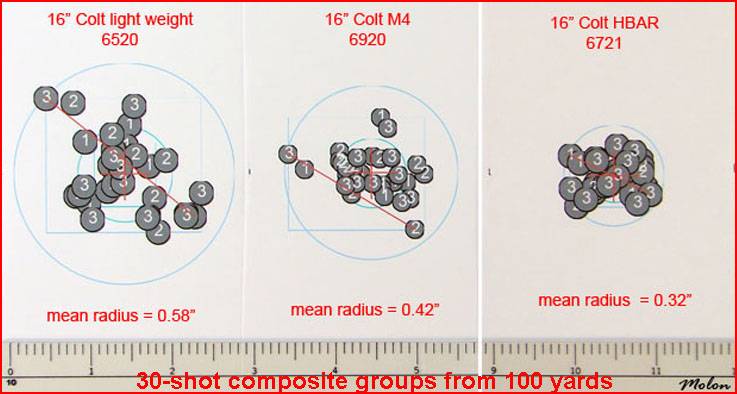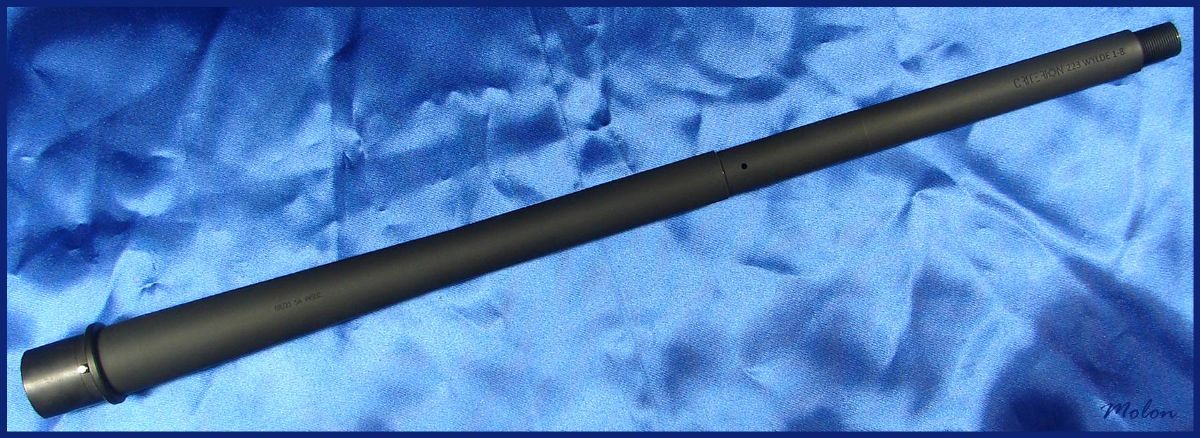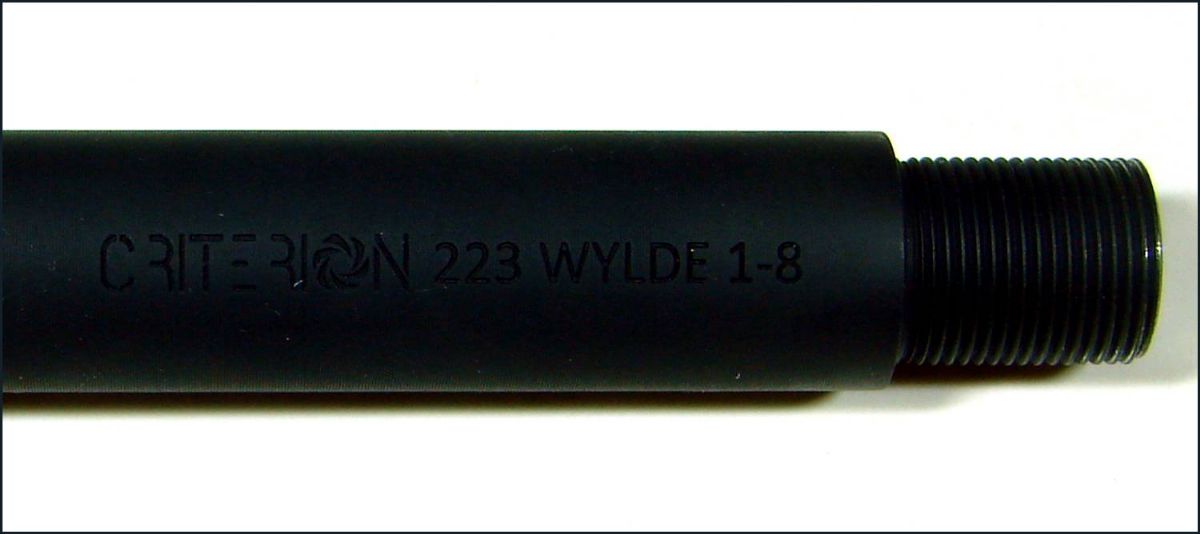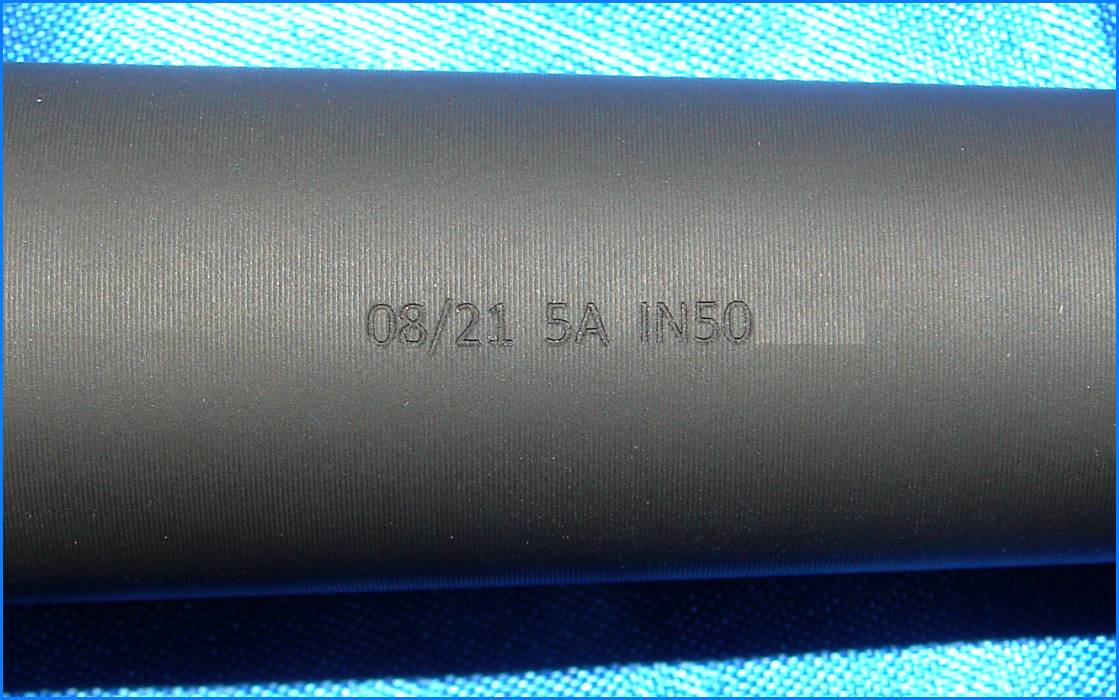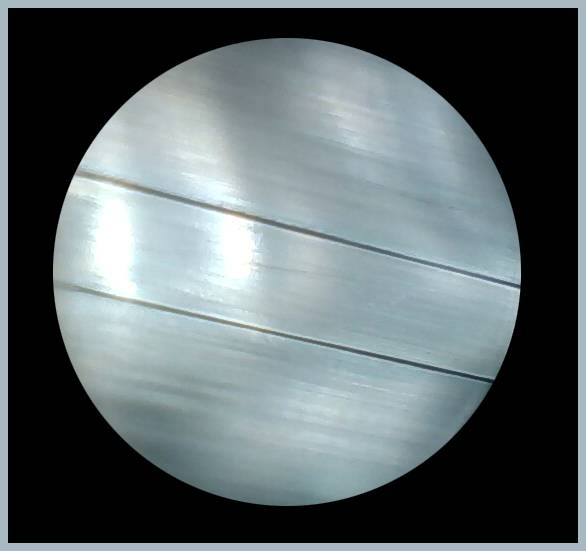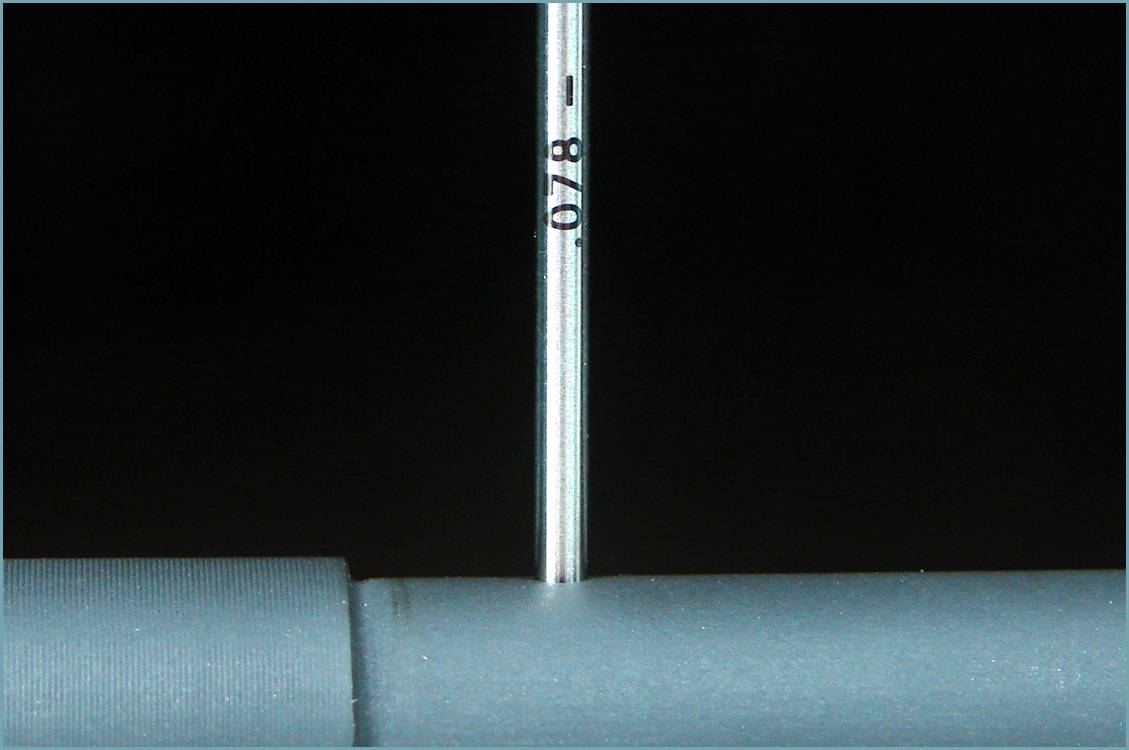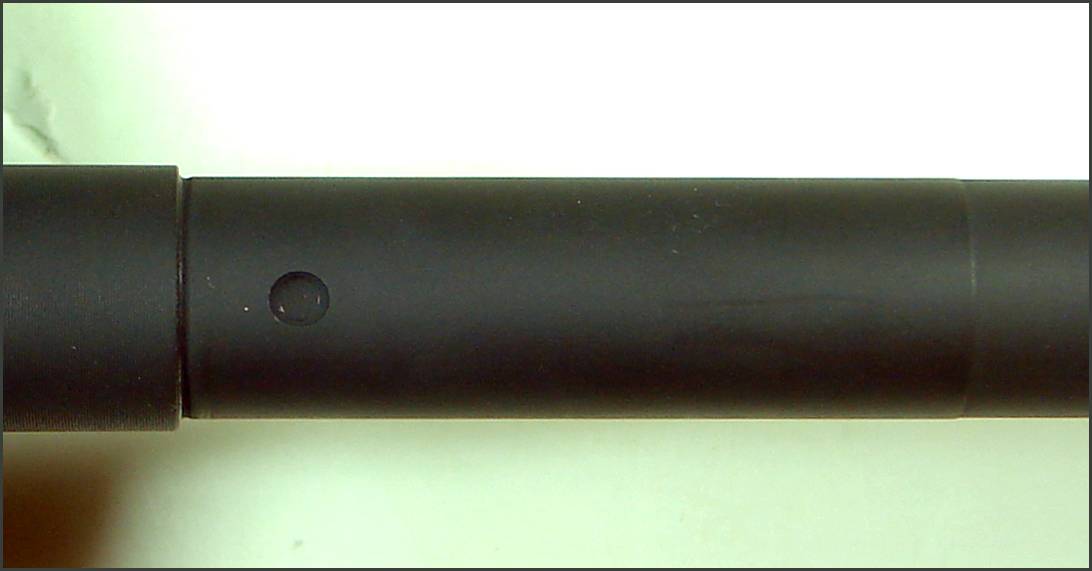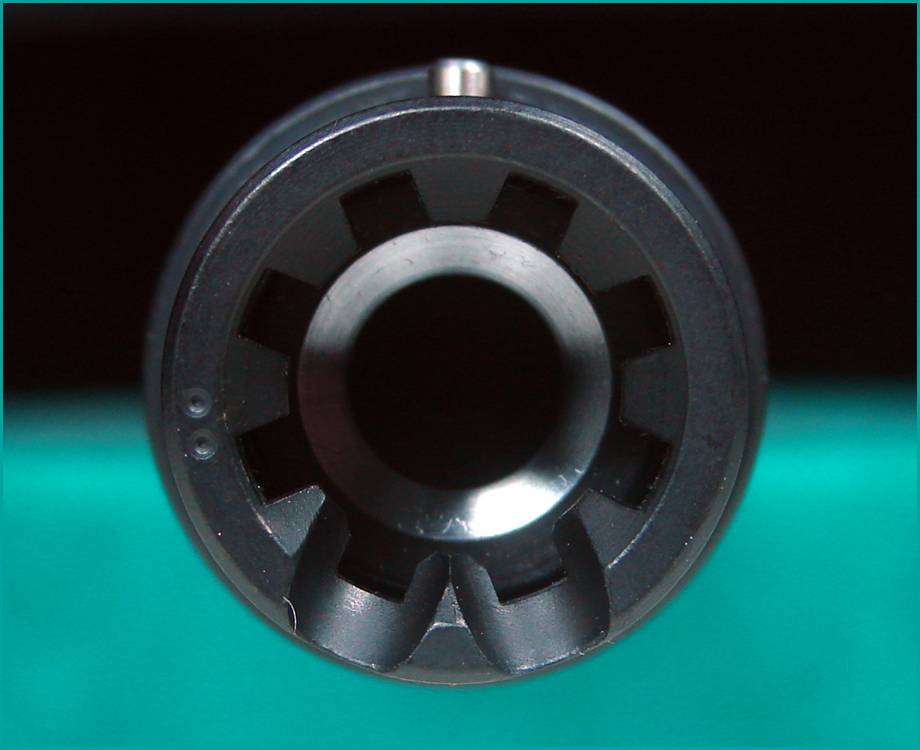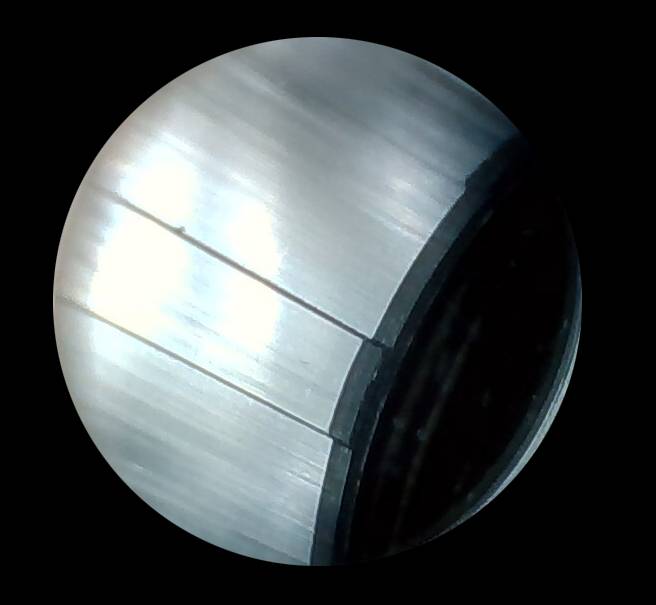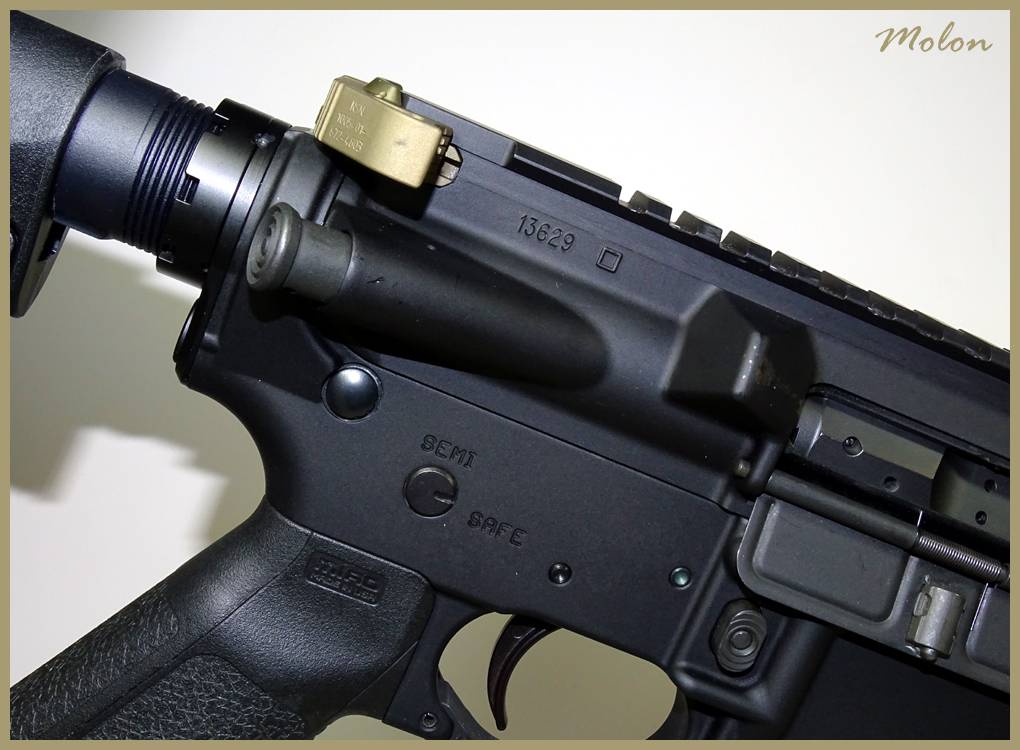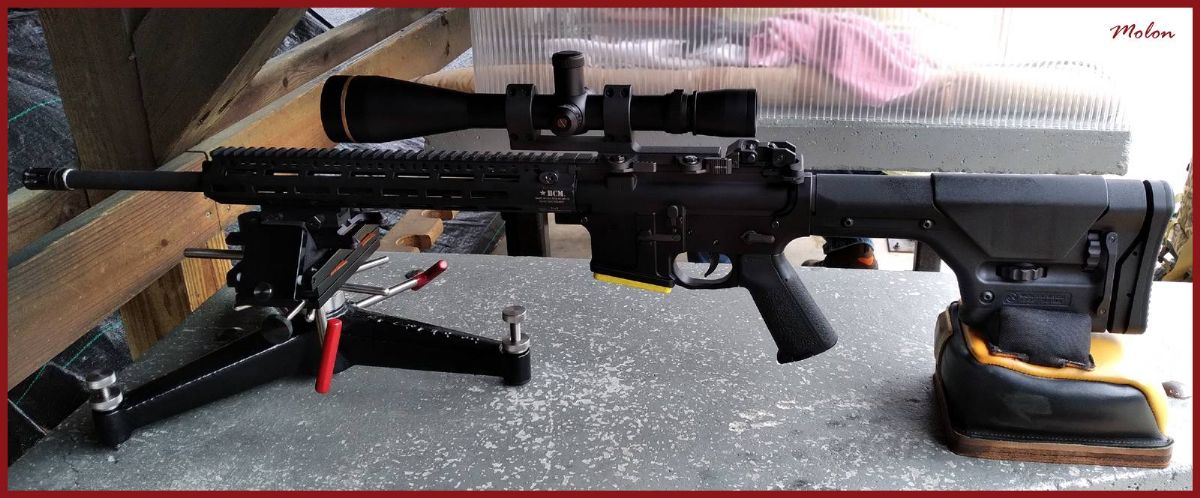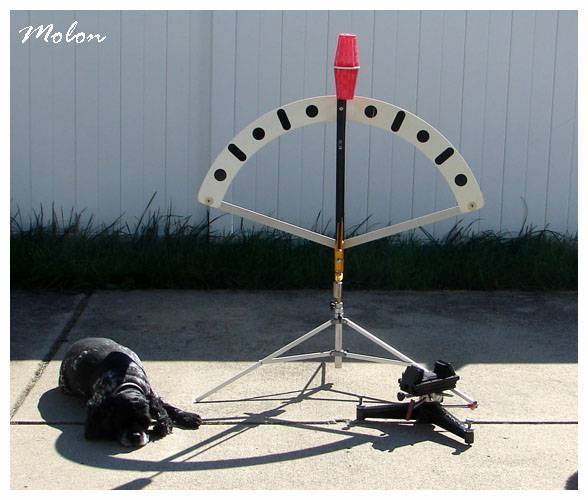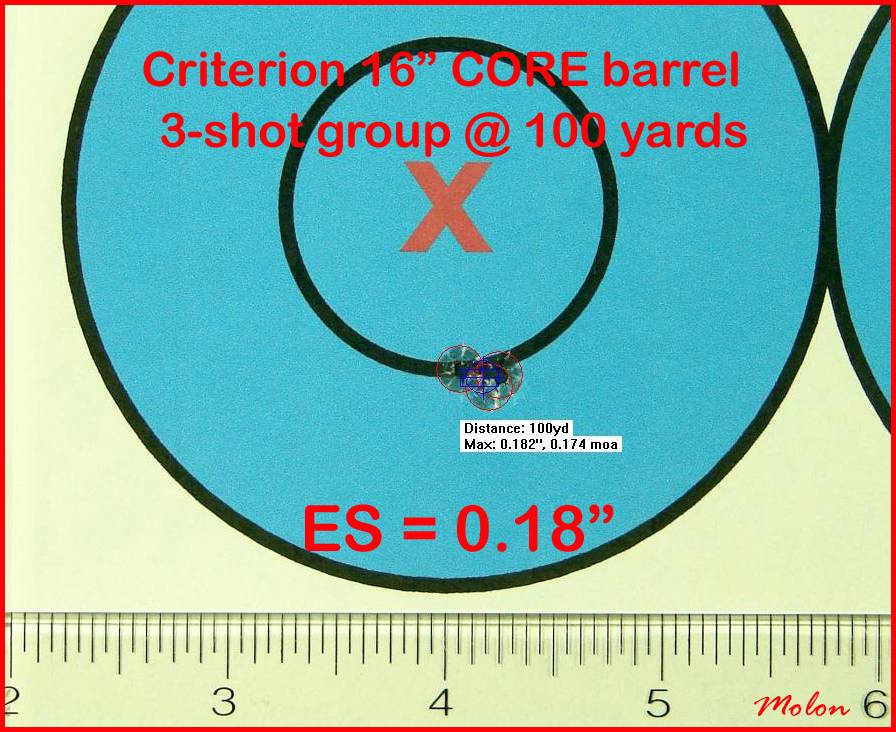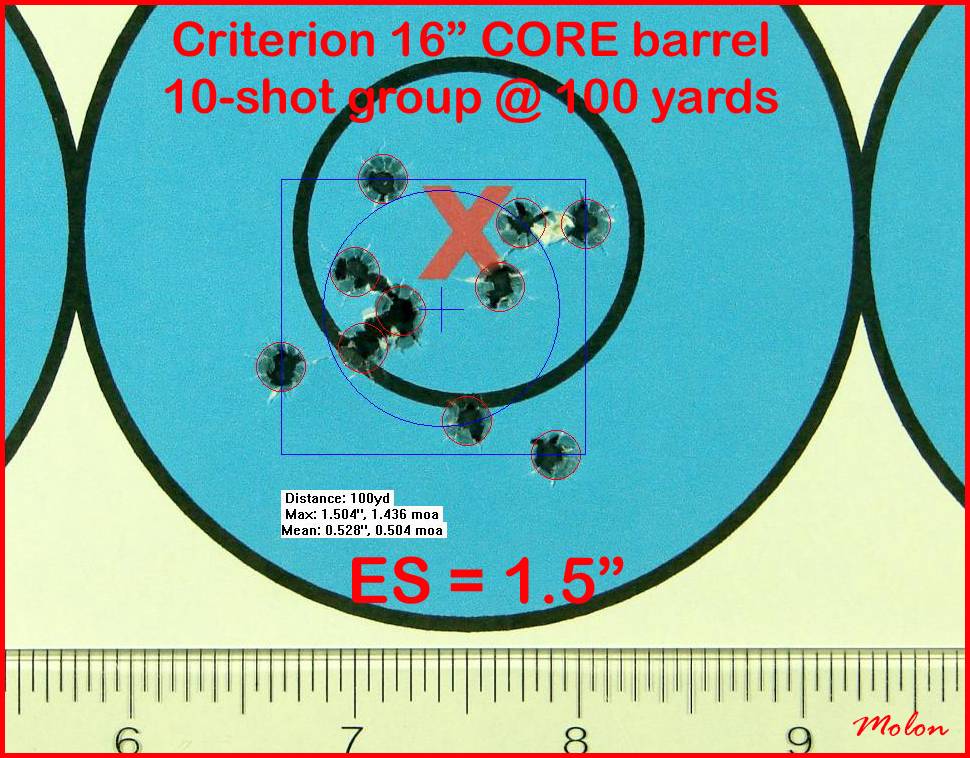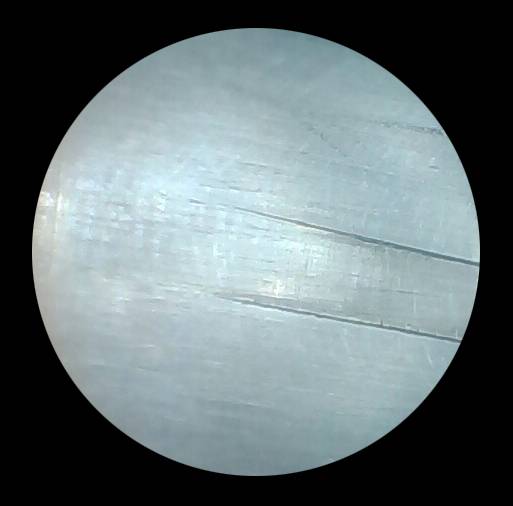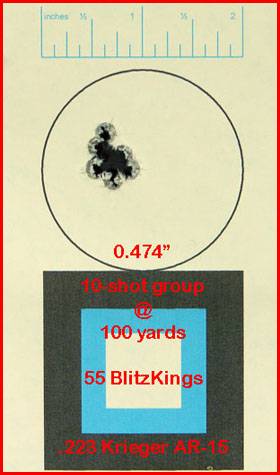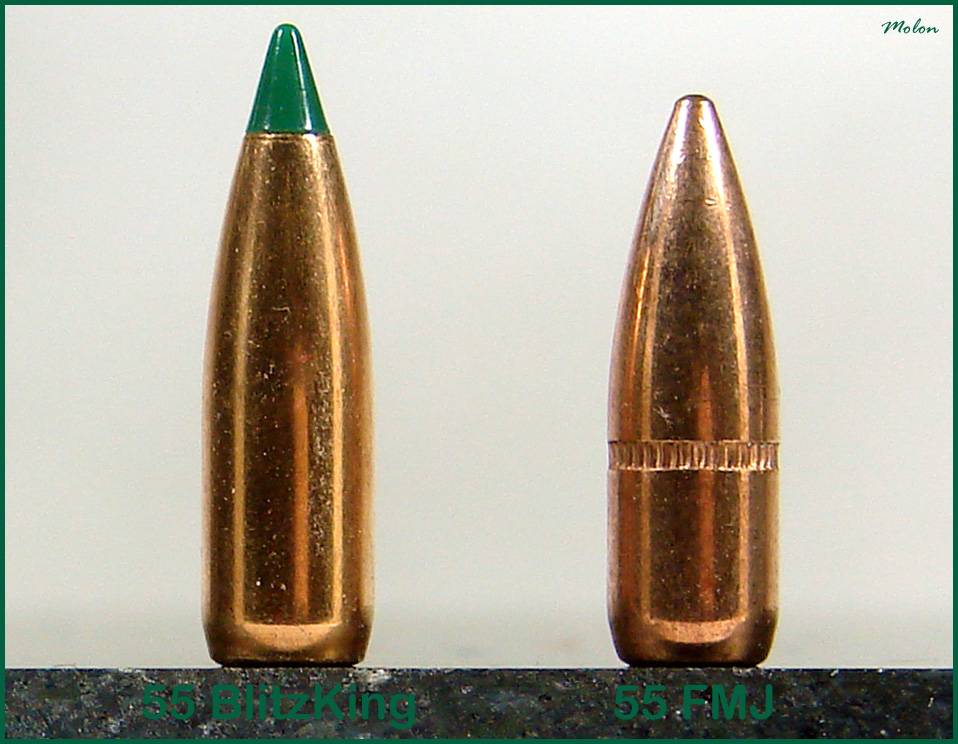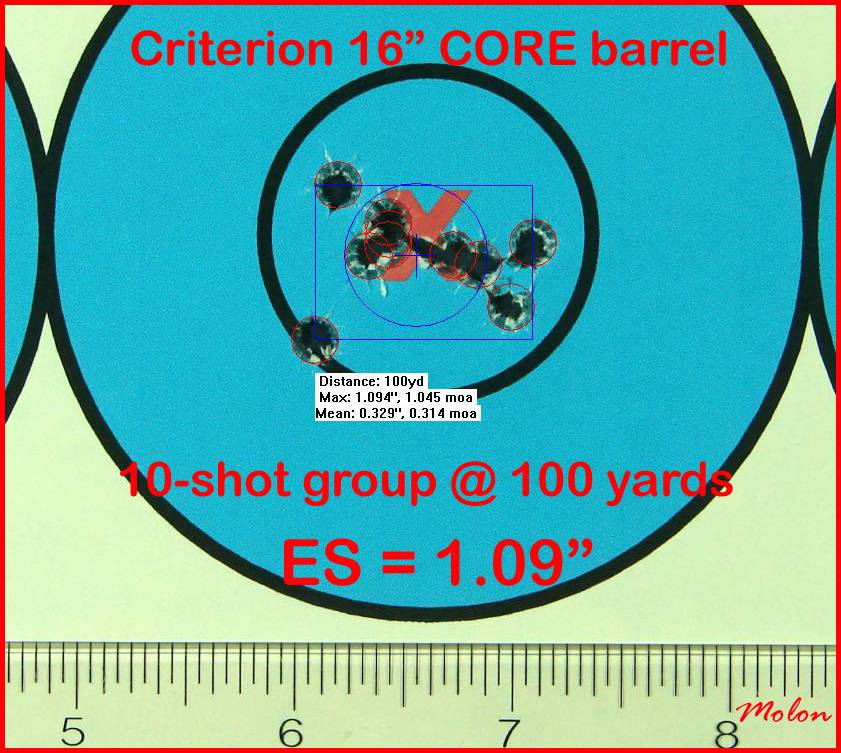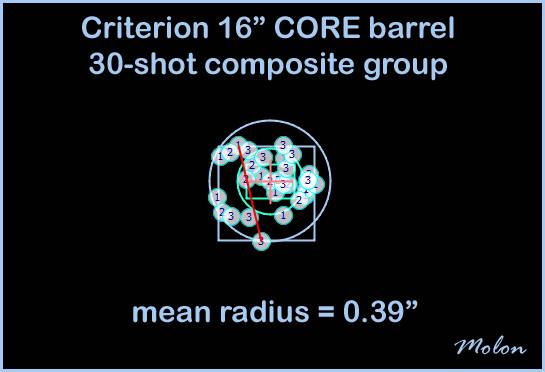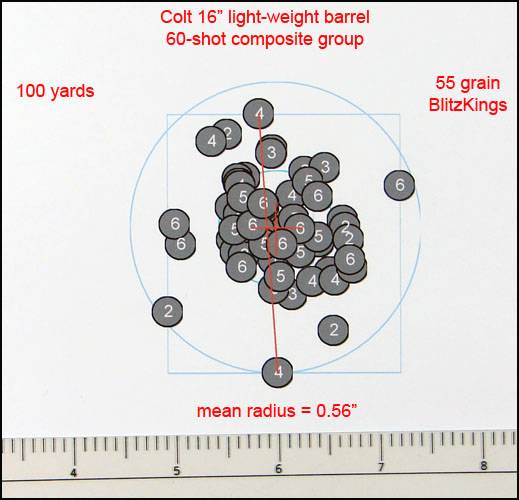After looking around, I haven't seen any real accuracy tests that consist of a 10 round group, 60-90 rounds shot quickly, followed by another 10 round group. Would be worth it if someone could do this and track accuracy every 100 rounds up to 500 rounds for a couple different barrel profiles from the same manufacturer. I'm still dialing in my gas gun fundamentals so I wouldn't be a good candidate for that. Oh and I don't have anything select fire 
I'd love to hear any commentary on standard vs lightweight barrels' accuracy (1) after a string of fire (say 60-90 rounds to heat things up) and (2) how sensitive they are to attaching a suppressor (the one on this gun will be ~14 oz with the muzzle device). I think it is pretty much agreed that lightweight barrels are generally in the same realm of accuracy as their standard weight counterparts for the first few rounds. I'm just wanting to understand at what point does a heavier profile or carbon barrel make sense.
I ask because I am putting together a general purpose 14.5" and I want to keep things as light as possible since I will be running a suppressor, LPVO, light, and laser. For now, I have picked up a cheap (used) standard weight barrel that is in the 31 oz range and it is very useable, but taking half a pound off would be nice. I have also considered a Proof barrel in a standard contour but want to make sure they are durable (most of the barrel will be tucked under a MK8 handguard).
My use case would be everything from defense to coyotes and general training during the day and night. I'm pretty agnostic to stainless vs CM but if I go CM it will be a Criterion Core or Hybrid. I have not owned a lightweight AR barrel before mainly because of sustained accuracy concerns but I don't want to box myself in either.
ETA: I have decided that for my purposes, a ~30oz 14.5" barrel is what I am after
I'd love to hear any commentary on standard vs lightweight barrels' accuracy (1) after a string of fire (say 60-90 rounds to heat things up) and (2) how sensitive they are to attaching a suppressor (the one on this gun will be ~14 oz with the muzzle device). I think it is pretty much agreed that lightweight barrels are generally in the same realm of accuracy as their standard weight counterparts for the first few rounds. I'm just wanting to understand at what point does a heavier profile or carbon barrel make sense.
I ask because I am putting together a general purpose 14.5" and I want to keep things as light as possible since I will be running a suppressor, LPVO, light, and laser. For now, I have picked up a cheap (used) standard weight barrel that is in the 31 oz range and it is very useable, but taking half a pound off would be nice. I have also considered a Proof barrel in a standard contour but want to make sure they are durable (most of the barrel will be tucked under a MK8 handguard).
My use case would be everything from defense to coyotes and general training during the day and night. I'm pretty agnostic to stainless vs CM but if I go CM it will be a Criterion Core or Hybrid. I have not owned a lightweight AR barrel before mainly because of sustained accuracy concerns but I don't want to box myself in either.
ETA: I have decided that for my purposes, a ~30oz 14.5" barrel is what I am after
Last edited:



